Lured by mystery, blackwater photographers dive at night into icy, pitch-dark depths.
Taipei-based photographerWu Yung-senhas been deep sea diving and photographing marine life for four years.
TheWunderpus octopuscalledWunderpus photogenicus, literally meaning photogenic wonderwas only first officially described by researchers in 2006.
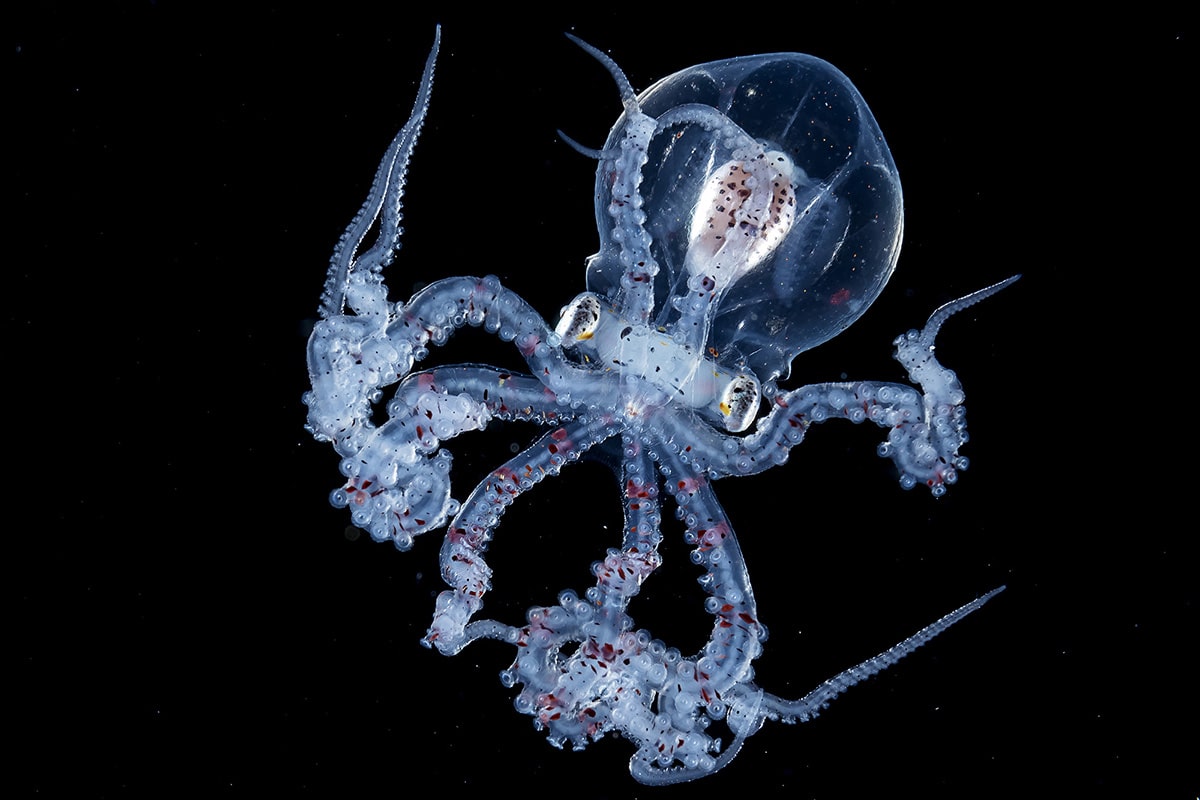
Wonderpus octopus larvae (Photo:Wu Yung-sen)
The animal is still understudied compared to other octopi.
The species lives in the coastal waters of the Pacific Ocean south of the Philippines.
The adults are a rusty red with white spots and stripes.
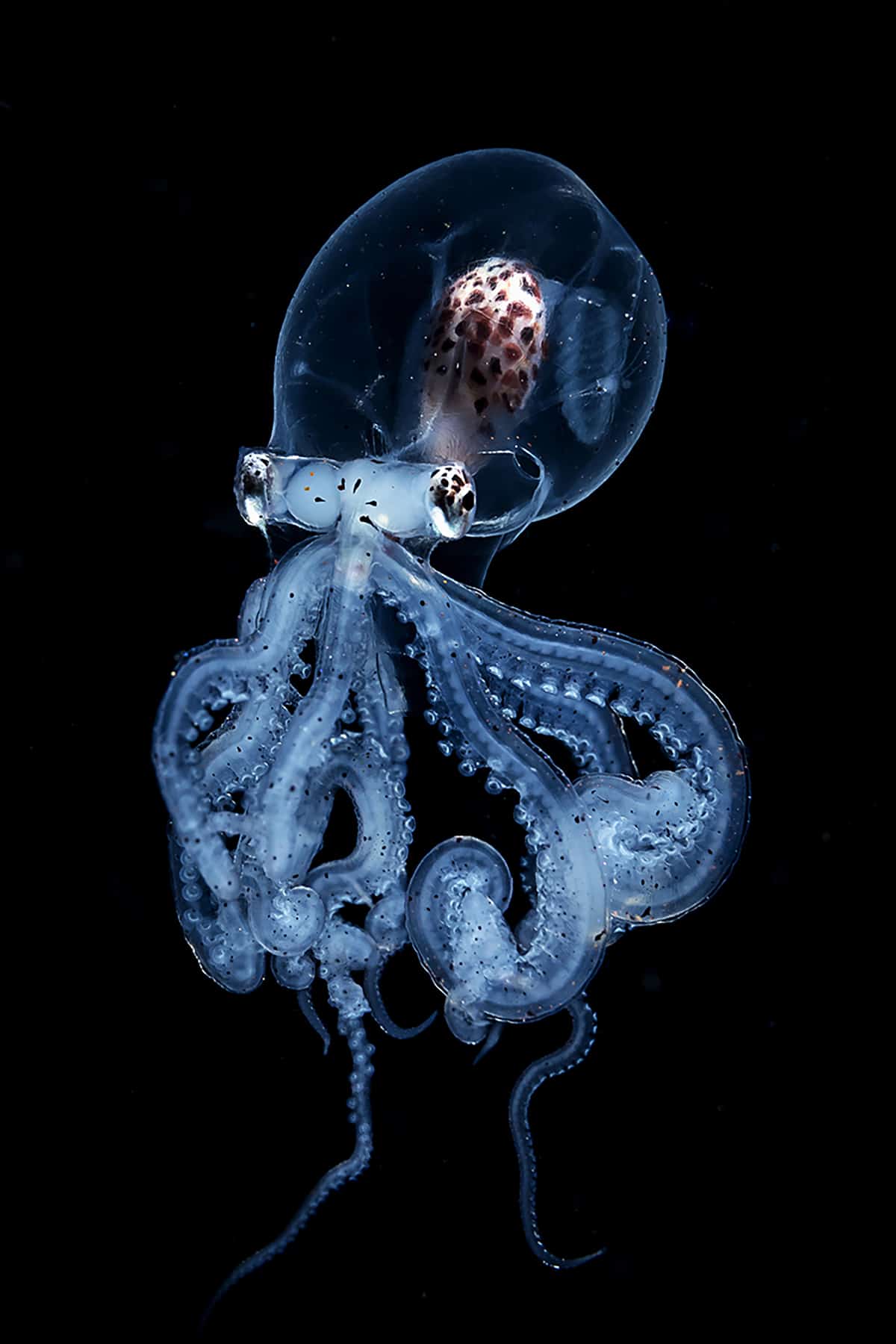
This protective mechanism, however, does not benefit the young translucent larvae.
The avid diving photographerwho also works as a business consultantknew he was seeing arare phenomenon.
Luckily, he snapped the image before the young octopus could drift away.
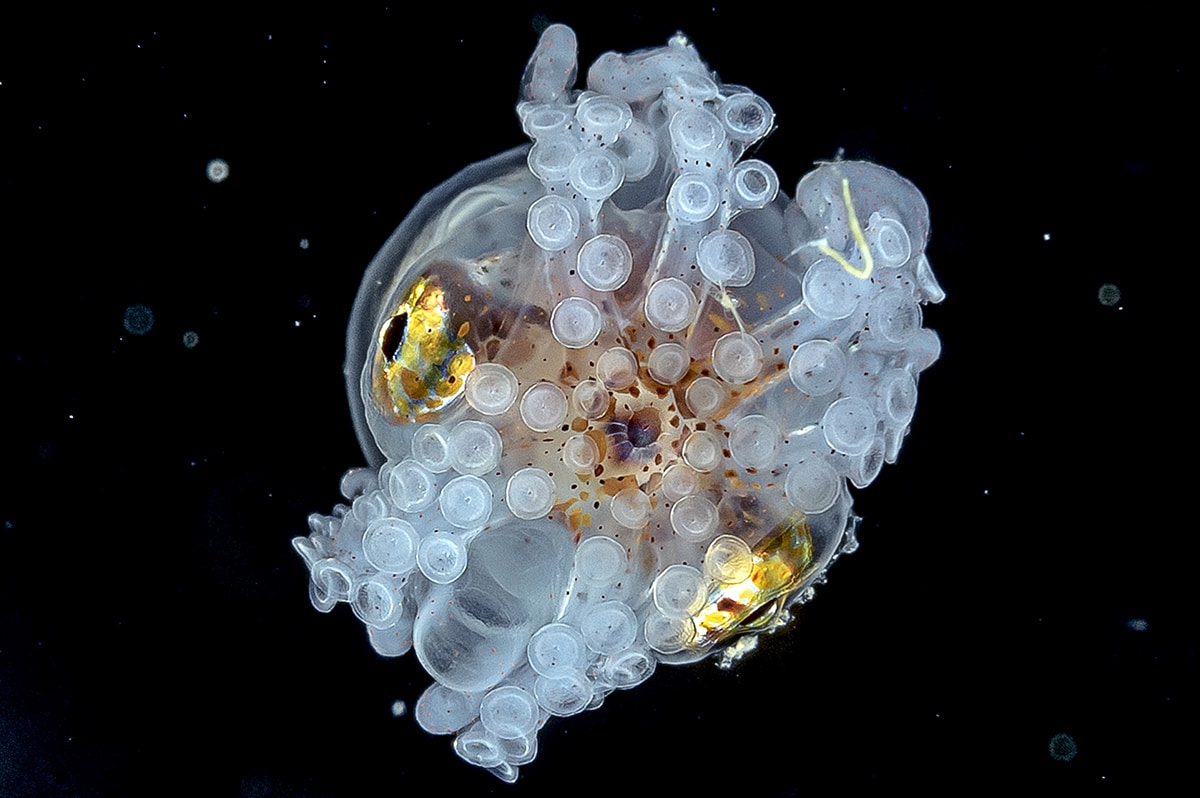
Yung-sen was able to capture this elusive creatureand many othersby using the special techniques employed by blackwater divers.
Lights on long lines are lowered first, then the divers descend.
The lights first attract microscopic zooplankton.
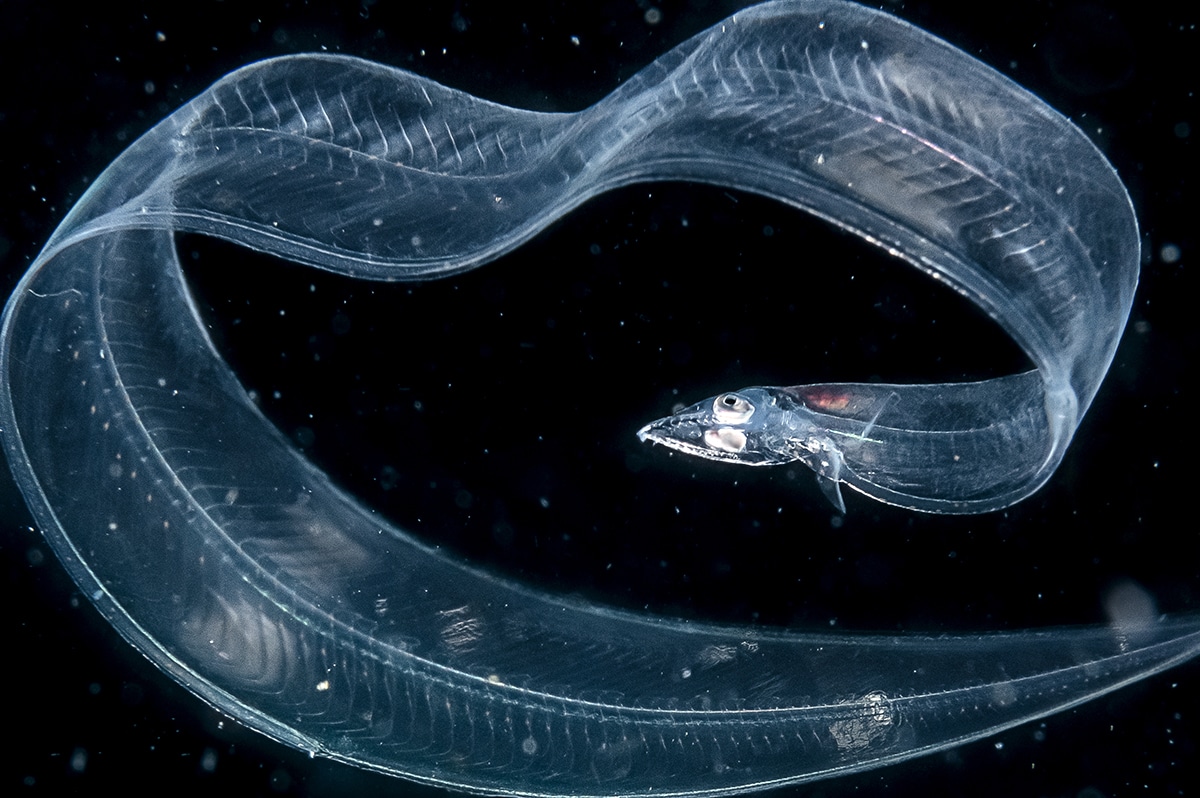
The plankton in turn draw small planktonic creatures which feed on the minuscule organisms.
Jellyfish, squid, and larval (baby) fish drift in to feed under the suspended light.
Up and down are indistinguishable as the strange species hang suspended under the single lightsource.
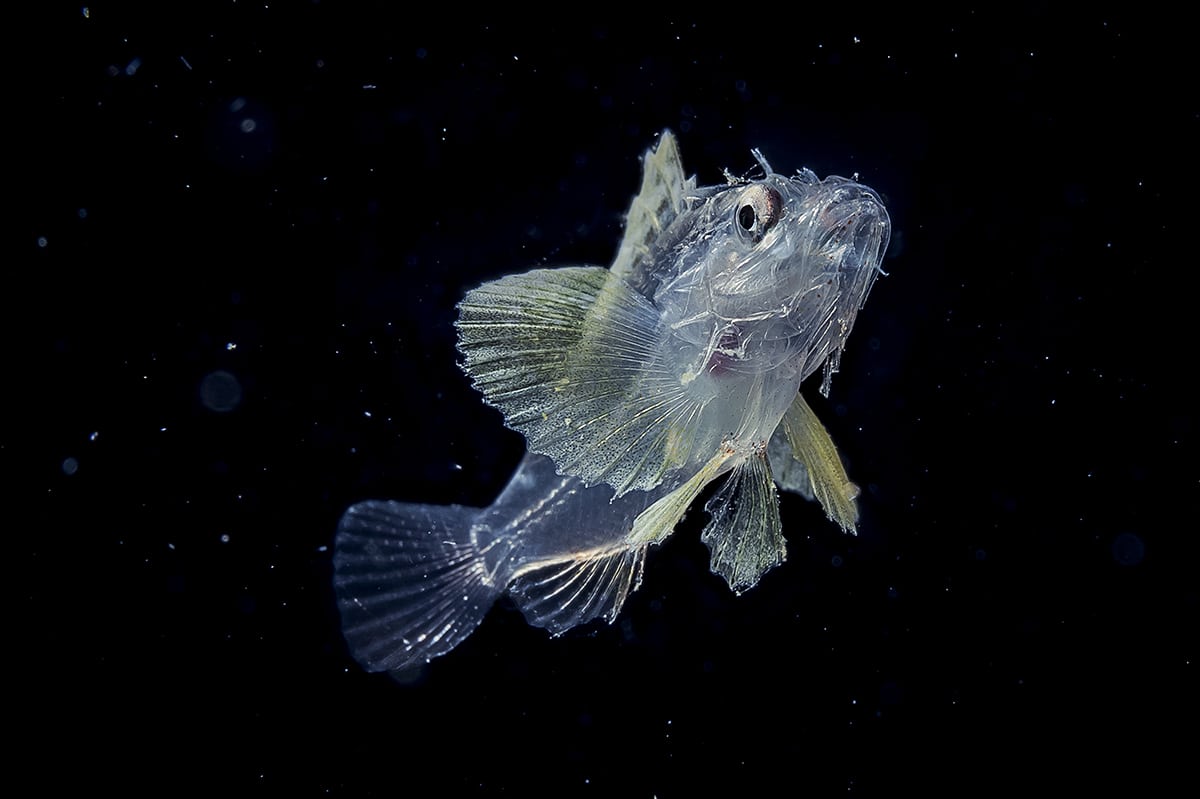
However, he is also an award-winning photographer in much shallower waters.
The ambitious photographer won theTaiwan National Awardin theSony World Photography Awardsfor his image ofmigrating salmonin British Columbia, Canada.
To get the shot, Yung-sen lay in the freezing river for hours.
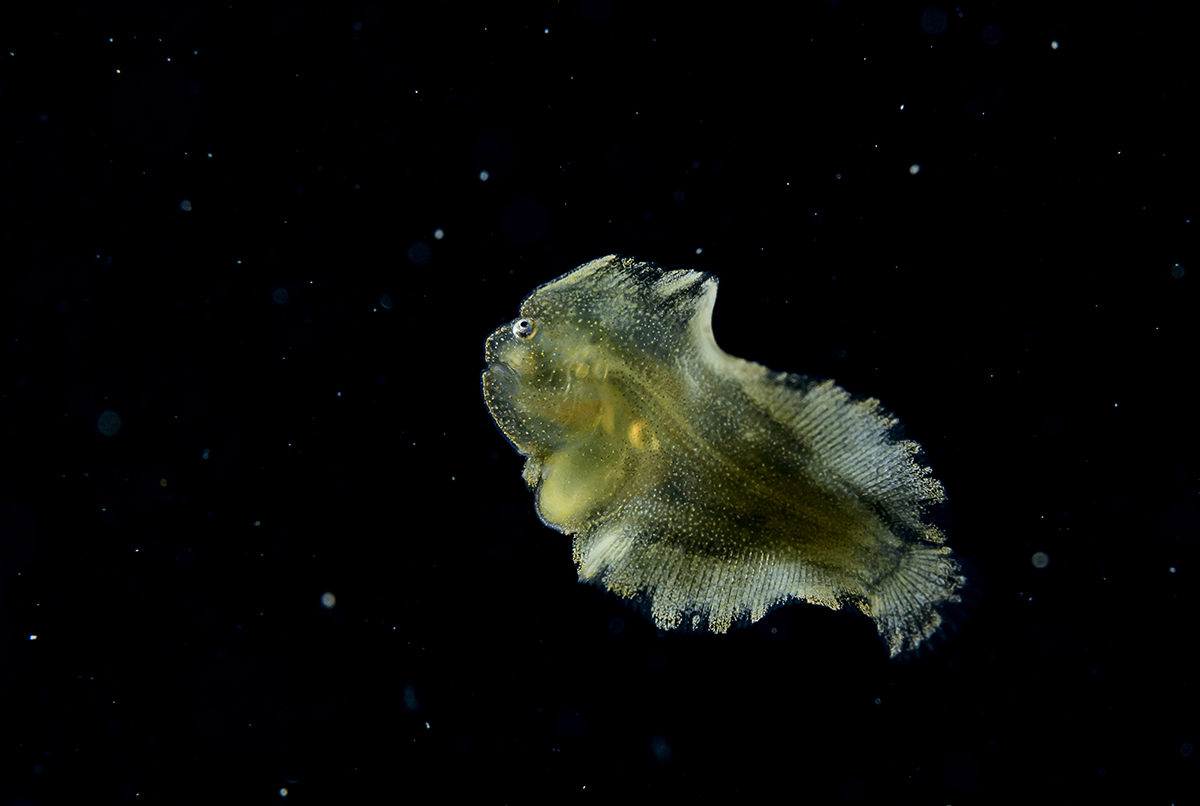
Read on for our exclusive interview with the intrepid wildlife photographer.
What first got you interested in blackwater photography?
Blackwater is the ultimate frontier for me.
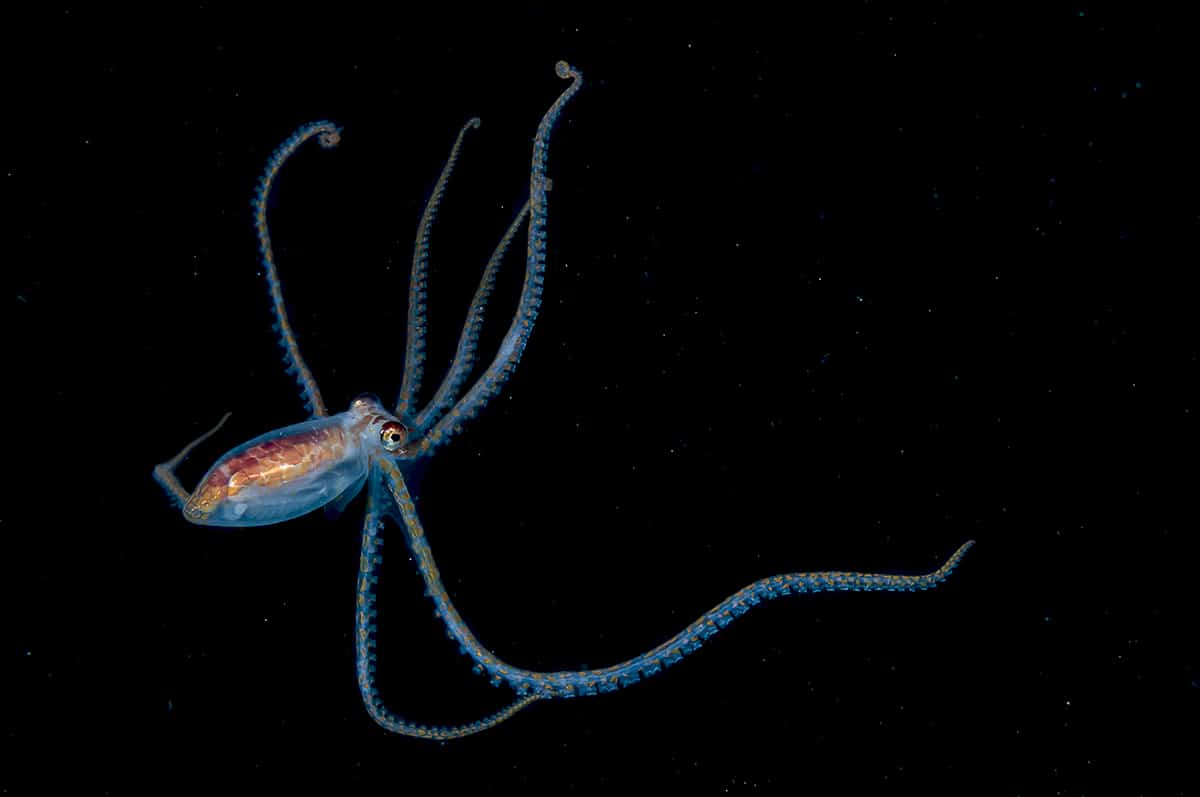
What is the biggest challenge of this bang out of photography?
The most difficult thing is finding creatures.
First, its a matter of luck to encounter creatures.
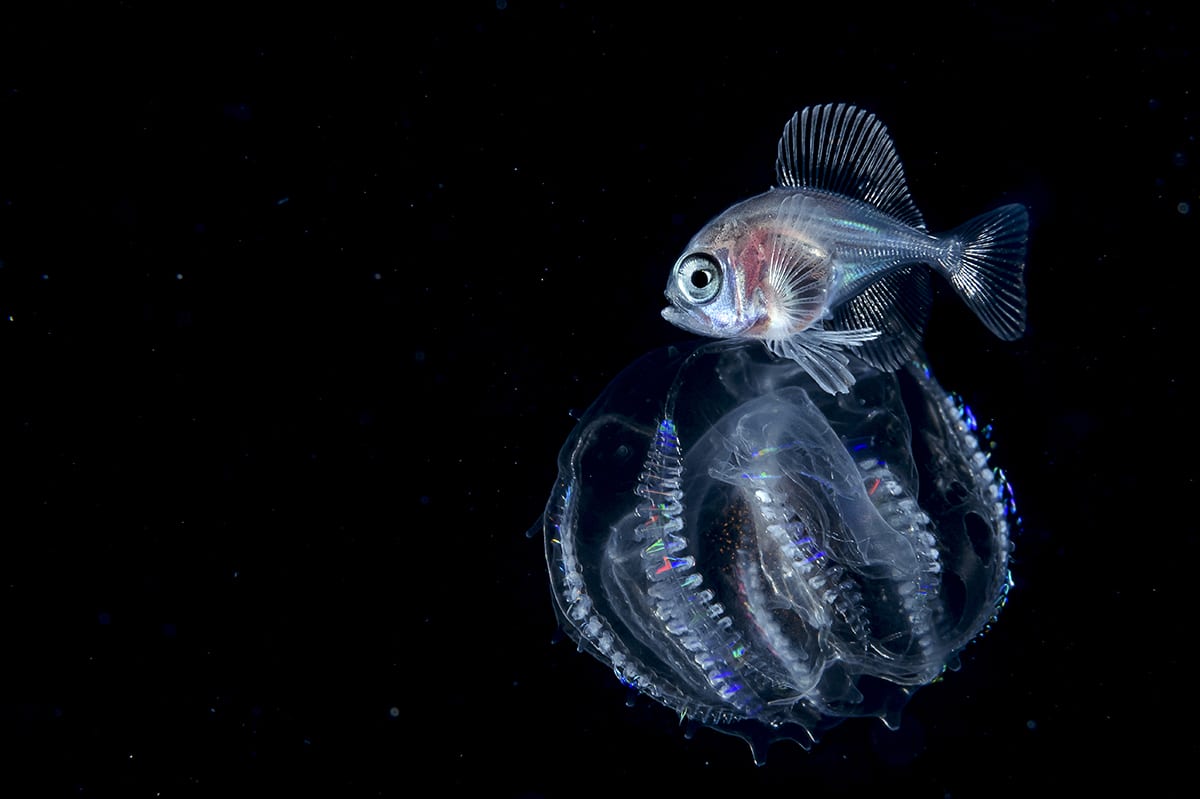
Afterwards, taking photos in a gravity-free environment seems like I am chasing alien creatures up and down.
Thats exactly how I feel!
You must meet the four factors of black water photography:1.
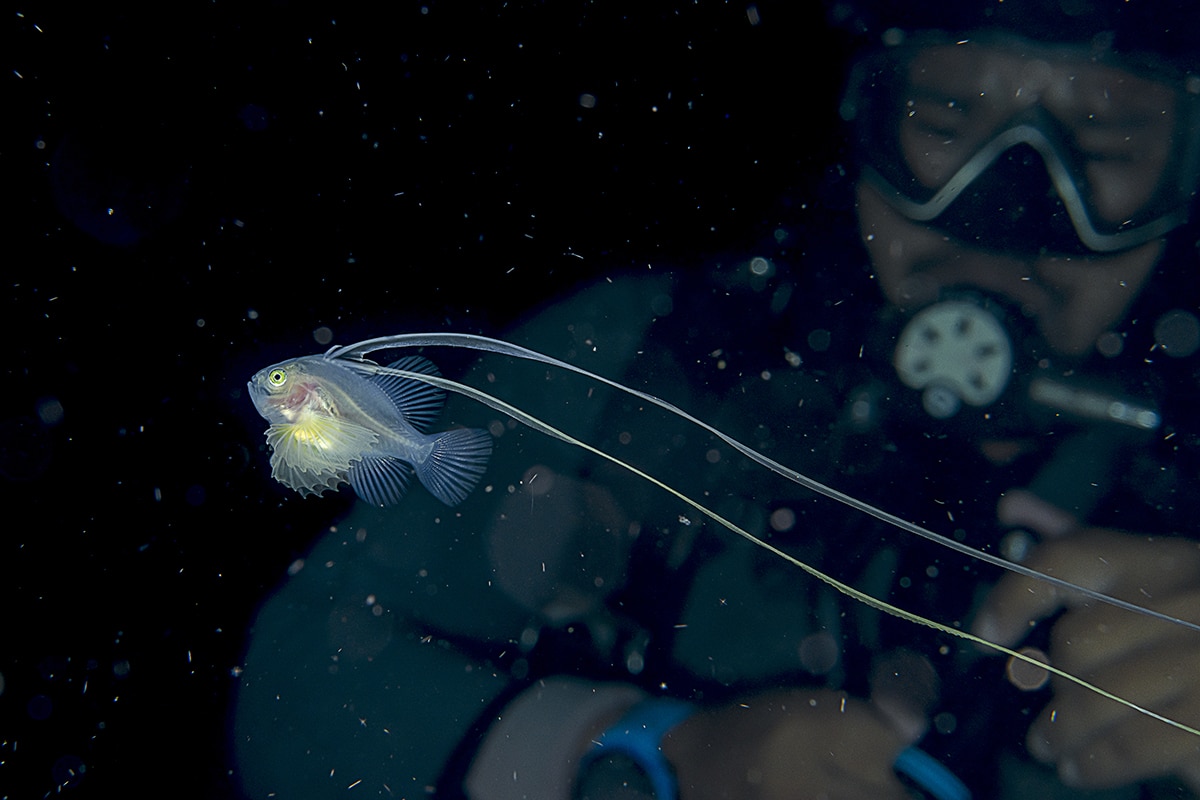
Suitable lights, reliable equipment4.
Wait
What is the appeal of blackwater photography for you?
The most interesting thing about blackwater photography is that larvae and adults are totally different.
I didnt know what I would get before shooting.
For example, the stomach of some species of flounder larvae is exposed outside the body.
Because of that, the viewers are stunned by these precious pictures.
I hope that everyone can understand this strange and beautiful new world through my photos.
The fun of shooting in blackwater is that you might meet unknown larvae.
Do you have a most memorable photo?
The larva of Wunderpus [see lead image].
Unlike the adult, the head is very large and the body is transparent.
Especially, when it opens the tentacles completely.